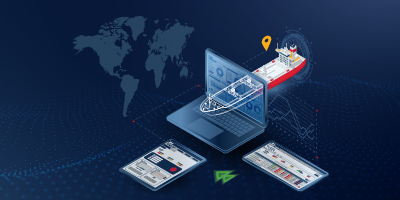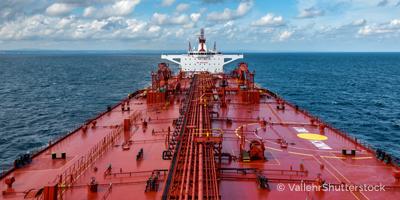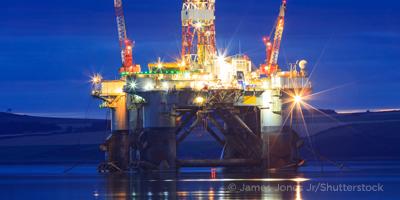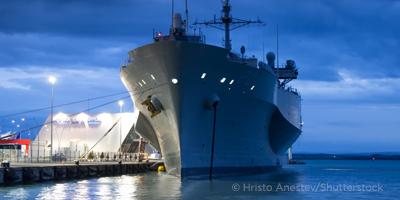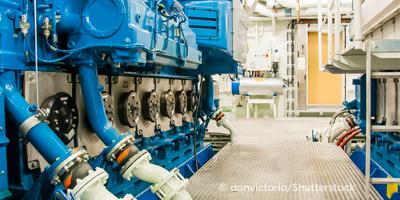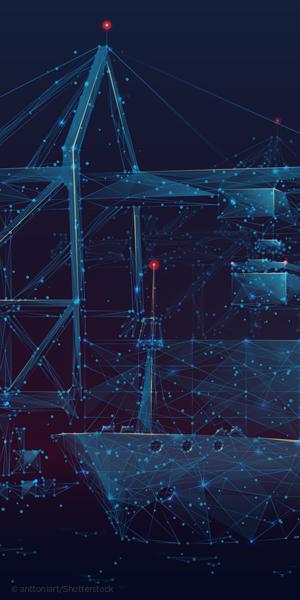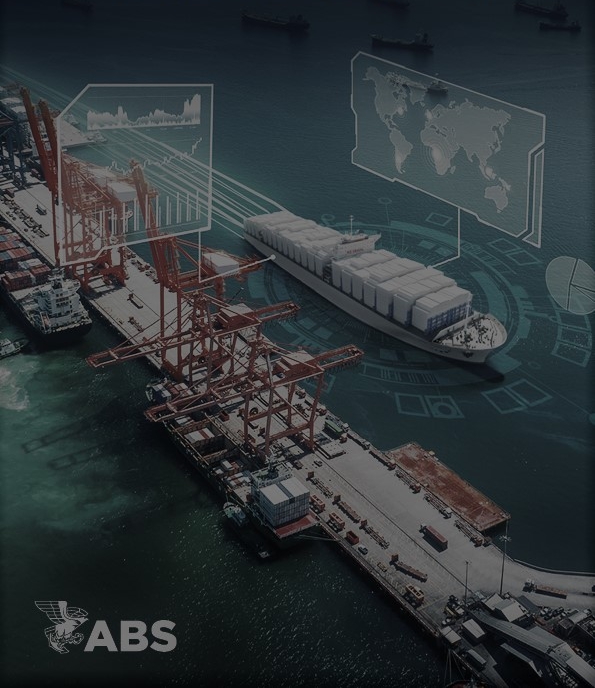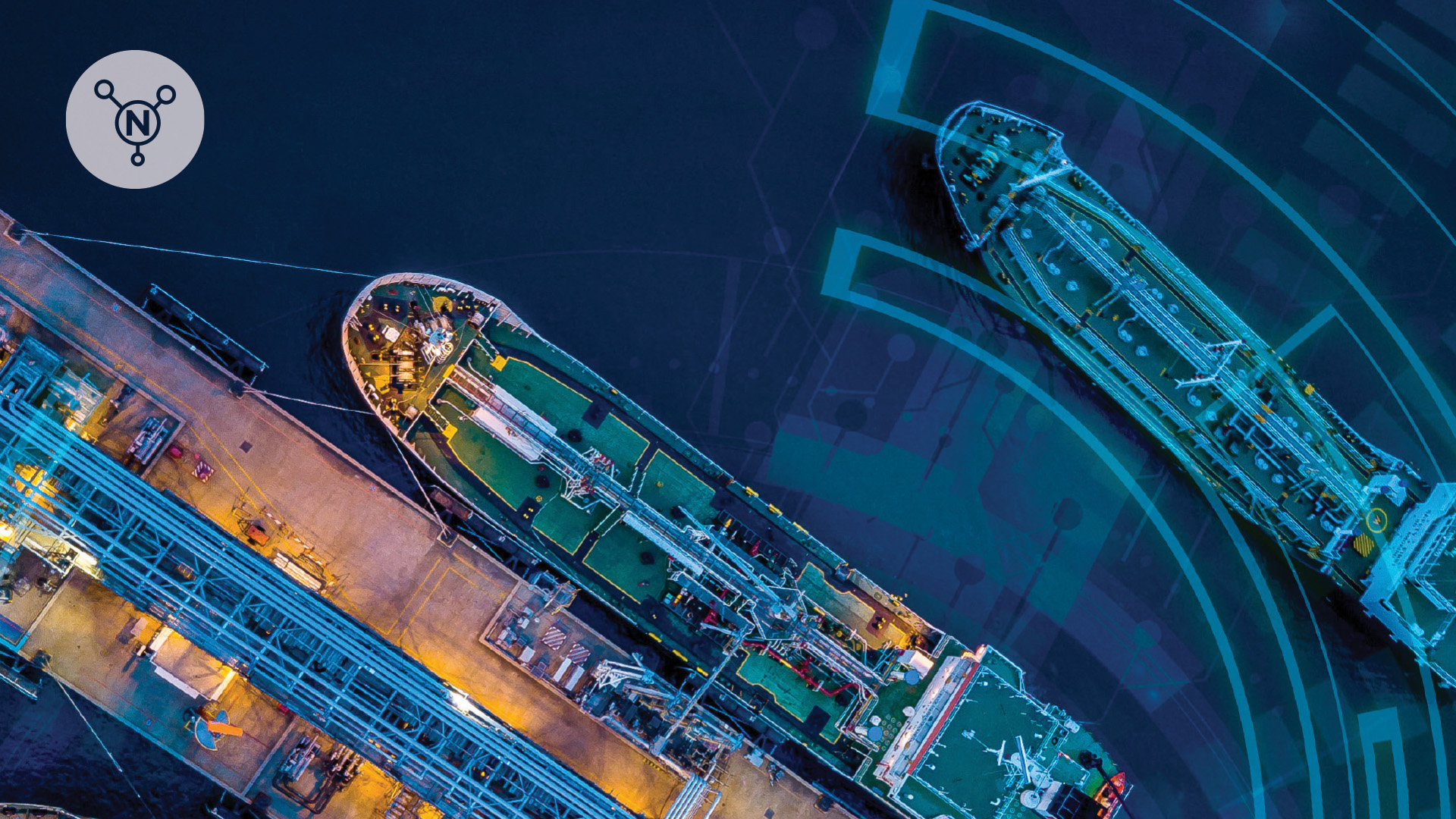Though there are historical references for using ammonia as a fuel in internal combustion engines, first demonstrated in a locomotive in 1822, ammonia is in the early stages of development for marine propulsion. Purpose-built ammonia-fueled engines are under development, and ammonia use is also being explored in fuel cells.
However, using ammonia in existing internal combustion engines has known drawbacks.
Ammonia typically requires a hydrocarbon pilot fuel injection in two-stroke diesel cycle engines, increasing carbon emissions though lower than engines burning only traditional fuels. In addition, when ammonia is combusted in compression ignition engines, significant amounts of nitrous oxides (NOx) are generated due to the high temperatures and pressures involved. NOx emissions are strictly regulated by the IMO and need to be considered in future ammonia engine development.
Ammonia as Hydrogen Carrier
Interest is growing in the use of ammonia as a feeder to hydrogen-fed fuel cells, especially in gas carriers already carrying ammonia as cargo.
Hydrogen fuel offers several zero-emissions benefits, but technical advances are needed before it can be considered a viable, large-scale, commercial fuel option, particularly for marine applications where energy content on a volumetric basis is relatively low and application would significantly impact ship design.
Storage of liquid hydrogen requires cryogenic storage, dedicated fuel supply systems and at least five times more volume compared to petroleum-based fuels. Compared to hydrogen, ammonia storage is more practical due to its energy density and storage temperatures.
Hydrogen could be cracked from ammonia to provide an abundant resource for fuel cells to generate electric power, though ammonia’s storage advantages would need to be weighed against energy losses and additional equipment required for the conversion.
The use of ammonia fuel cells is still relatively experimental, but the current pace of development is accelerating.






